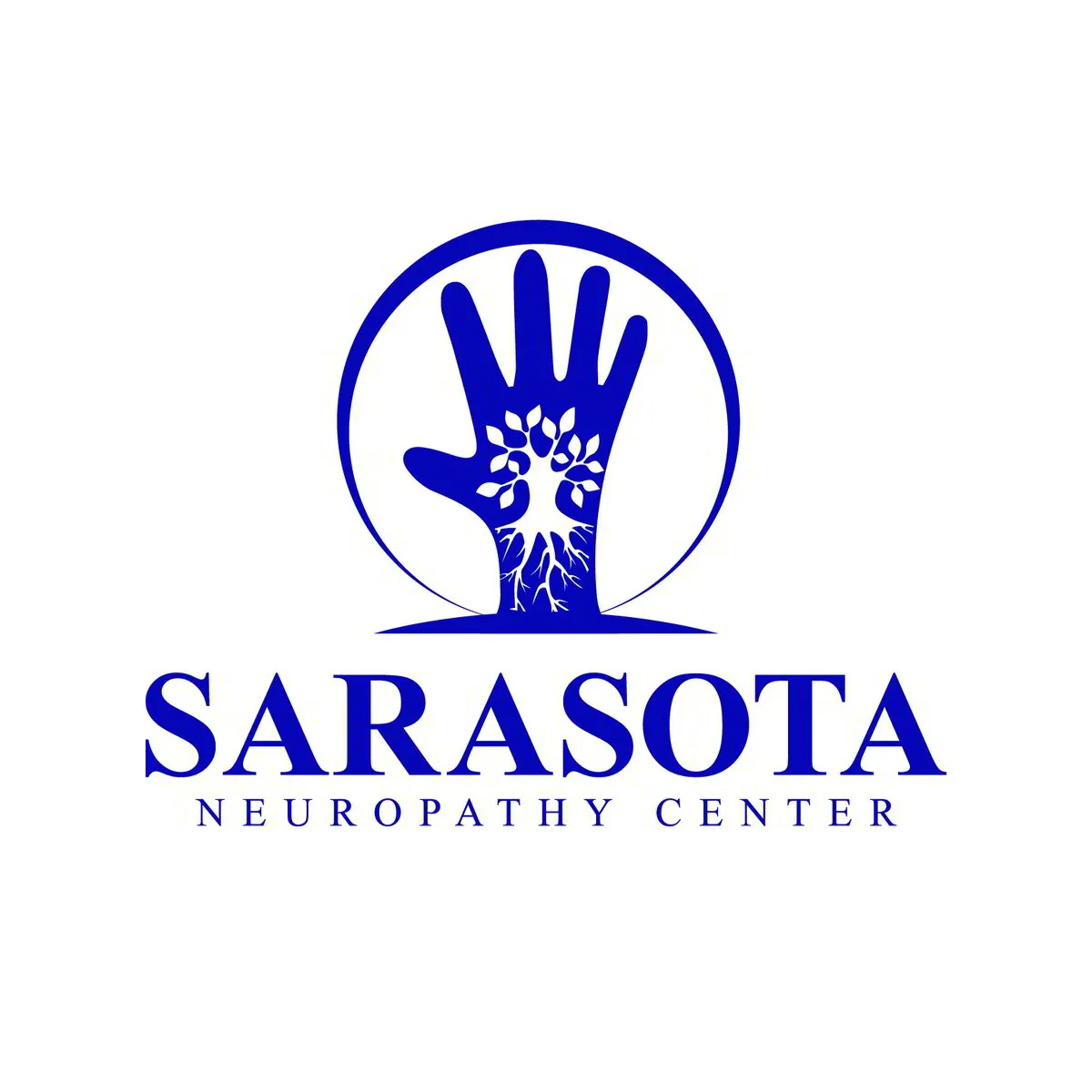30-Day Money Back . Free Delivery
Peripheral Neuropathy
Neuropathy is a general term that means "nerve damage." There are two different types; Large Fiber Mono-Neuropathy, and Small Fiber Poly-Neuropathy.
Large Fiber Mono-Neuropathy (Large Fiber meaning the bigger nerve bundles closer to the spine and Mono-meaning “one”) usually begins at the spine level, either the lower neck or lower back, and typically radiates down one arm or one leg. Symptoms can be numbness, tingling and/or pain and may start in the shoulder or buttocks and then progressively begin to travel further down the affected arm or leg until reaching the hand/fingers or foot/toes.
The cause of this type of neuropathy is often trauma to the body like slips, falls, car accidents or other injuries.
Small Fiber Poly-Neuropathy
The second type of neuropathy is Small Fiber Poly-Neuropathy. This type is quickly becoming more and more prevalent and estimates are that it affects nearly 46.5 million Americans. This type of neuropathy is also know as Peripheral Neuropathy because it affects the nerves furthest away from the center of the body (like the lower arms, hands, fingers, lower legs, feet and toes).
Peripheral neuropathy is a progressive condition that typically affects the lower legs and feet and then can advance to the hands and fingers. Peripheral neuropathy is characterized by a trilogy of symptoms, usually numbness and tingling and eventually leads to debilitating balance problems. Pain is the variable with peripheral neuropathy. Some people never experience pain and for some people, pain is the first symptom to show up.
The pain of peripheral neuropathy varies from person to person. Some people have a burning type pain. For some it feels like electrical shocks. For others it’s like their feet are being torn apart.
Peripheral Neuropathy is a disorder of the peripheral nerves, those are the nerves that go down into your arms, hands, legs and feet.
The peripheral nerves are anything outside of the central nervous system, which is just the brain and spinal cord. So, the peripheral nerves like the ones that go down to your hands and feet are the ones that are typically affected in neuropathy.
Traditionally, the primary form of treatment for neuropathy is through the use of medications. Anti-seizure medications such as Neurontin (i.e. gabapentin) and pregabalin (i.e. Lyrica) are prescribed, as well as antidepressant medications such as Duloxetine (i.e. Cymbalta). These medications are used to help reduce pain, however research has shown them to have little to no clinical effectiveness.
Surgical intervention is another form of treating neuropathy. Procedures such as spinal stimulators, laminectomies, and spinal fusions are common ways of helping mitigate neuropathy pain.
Causes of Neuropathy
Experts put the number of causes for neuropathy at over 1000! Despite that number, there are three main categories of cause.
Physiological/Functional Causes
Type 2 Diabetes is the most common lifestyle cause of peripheral neuropathy, however, other circulatory conditions such as heart disease, high blood pressure, congestive heart failure, and stroke can cause peripheral neuropathy as well.
Chemical Causes
Chemical causes of peripheral neuropathy include anything that gets into the body by chance or by choice. These include medications such as anti-inflammatories, as well as statin drugs commonly used for treating high cholesterol. Other treatments such as chemotherapy and radiation, or Agent Orange exposure, as well as prolonged and heavy alcohol and/or tobacco use, and excessive sugar consumption.
Physical/Traumatic Causes
Physical or traumatic causes of neuropathy typically cause the large fiber mono-neuropathies, like sciatica pain, although they can contribute to the peripheral type as well as being a sole cause of peripheral neuropathy. Neuropathy is not solely an age related issue. Neuropathy can affect people of all ages depending on the cause.
